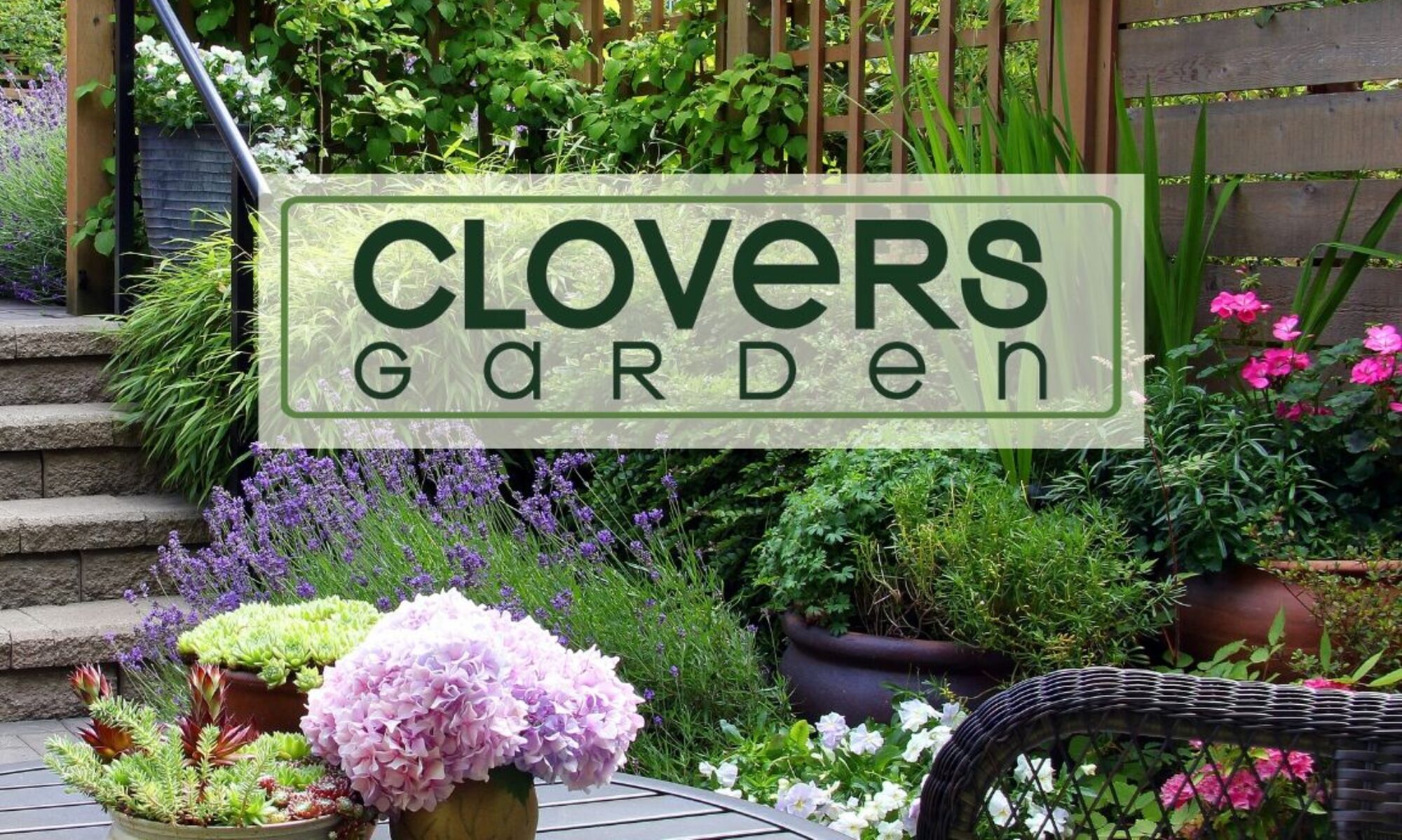For gardeners spring fever usually comes a little early . . . right around the time the seed catalogs show up! Don’t we all page through and create that perfect garden in our heads? Overflowing, of course, with bountiful produce. Here are a few tips to help you make your garden dreams a reality.
Tip #1 Be honest about space needs. Follow the guidelines on the seed packet or plant tag. We’re always tempted to squeeze things in a little closer together but this can reduce your harvest and make your plants more prone to disease.
Tip #2 Put it on paper (or find a good garden planning app). It may be old-fashioned but standard graph paper is a great way to map out your planting strategy. Create whatever scale works for you (I like 1:1, each box equals one foot). Sketch in all your plants, making sure to leave enough room for full growth. Now you can buy your seeds and plants knowing they’ll fit and you’ll have plenty of space.
 Little Gardeners Tip: Let the kids in your life help. Drawing out plots on graph paper teaches so many handy lessons including measuring and counting practice, spatial recognition, and calendar awareness. Plus you’ll spark their interest and get them excited to help you when planting season arrives.
Little Gardeners Tip: Let the kids in your life help. Drawing out plots on graph paper teaches so many handy lessons including measuring and counting practice, spatial recognition, and calendar awareness. Plus you’ll spark their interest and get them excited to help you when planting season arrives.
Tip #3 Grow up! Vertical gardening can nearly double your garden space and you’ll be surprised by how many plants thrive on a trellis. Just about anything with vining growth can be trained up a wire – beans, cucumbers, peas, and tomatoes but also zucchini, squashes, and even melons. Not only do you increase your growing space but training them up will produce better veggies! By growing up, the fruits are not crowded on the ground and will ripen more evenly; they’ll be out of the reach of ground-foraging insects; it’s much easier for you to see and pick the produce; and the vines create some visual interest in an otherwise flat garden landscape.

Tip #4 Expand out to Containers. How many containers and windowboxes do you

Tip #5 Companion Planting. Grandma used these tricks and they still work today! Companion gardening puts like-minded plants together and keeps those that don’t like each other apart). And the winner is your garden! Knowing the family of your plant is a good start (for example, broccoli and cabbage are from the same family so have the same likes and dislikes.) Also, knowing your garden helps determine the problems that need fixing (for instance, not all gardens have trouble with cutworms.) Here are just a few of our favorite combos:
- Chives at the base of rose bushes will repel aphids.
- Radishes near cucumbers deter beetles.
- Plant beans alongside corn to help replenish nitrogen loss.
- Beans like cabbage, carrots, pea, or marigolds but hate onions or garlic.
- Cucumbers like cabbage and tomatoes but hate sage.
- Lettuce loves beets, carrots, and chives.
- Tomatoes love cukes, parsley, and peppers but not kohlrabi, mature dill, or corn.
- Bee balm and mint will enhance a tomato’s flavor.
